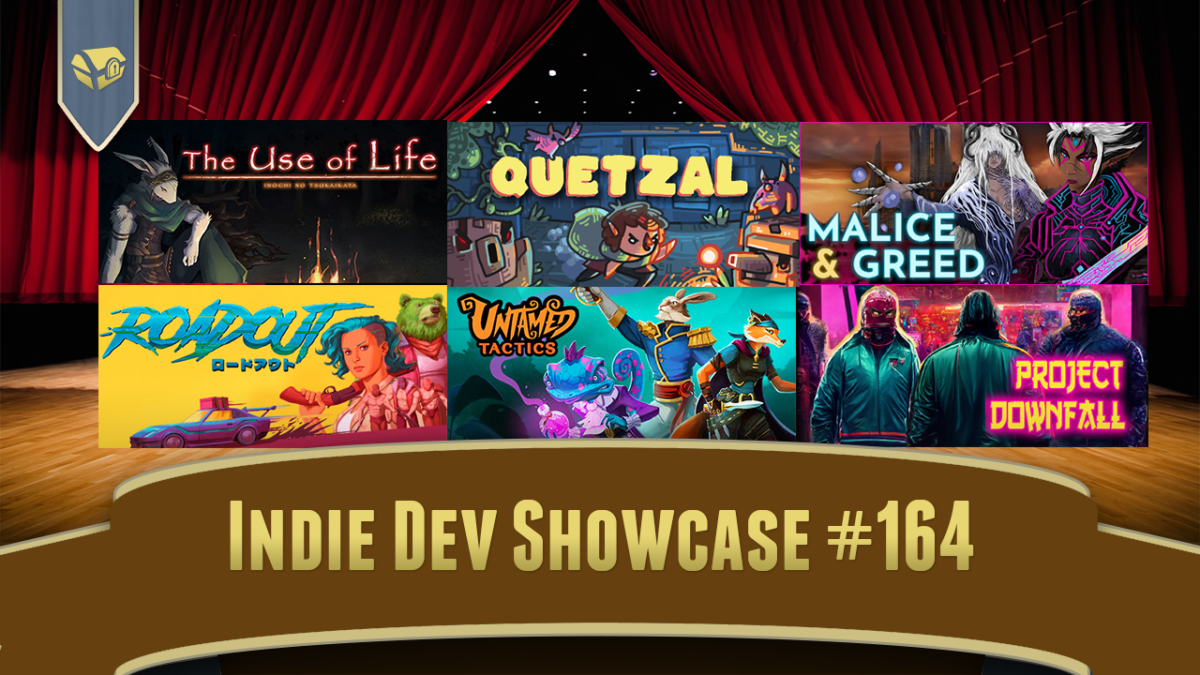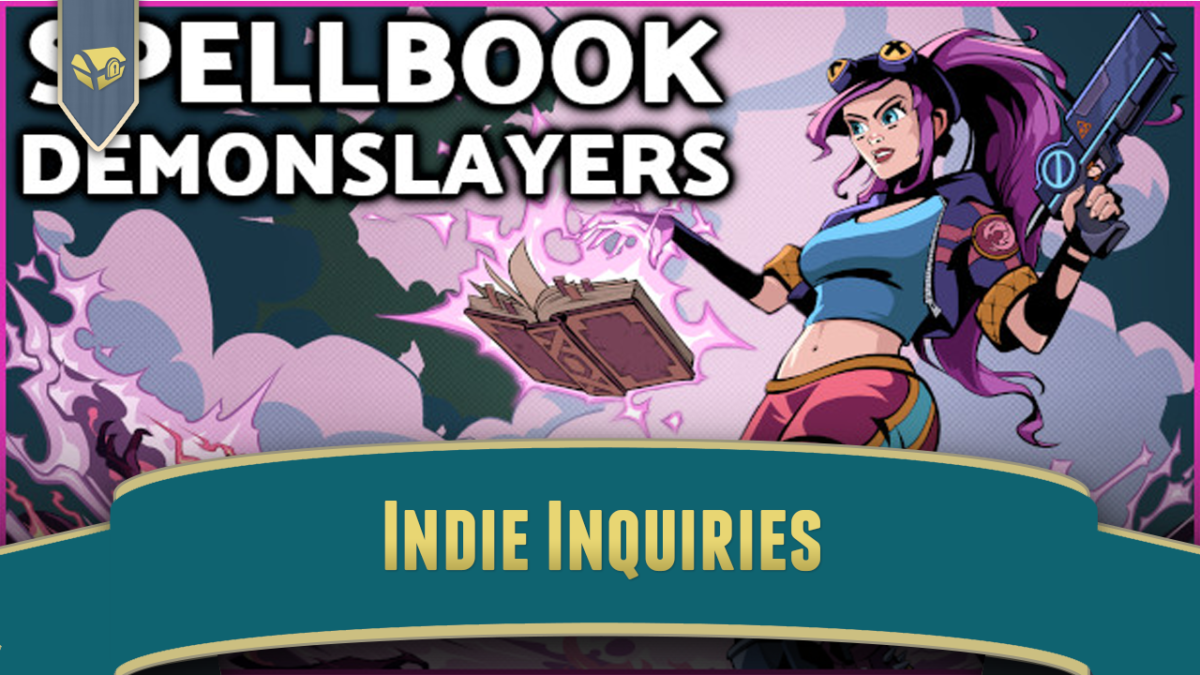Ack, it crept up on me this time! I’ll have more to say about this soon, but I figured you should know. SGDQ of course is Summer Games Done Quick, the big speedrunning marathon and counterpart to AGDQ.
Year: 2023
Sundry Sunday: Eggpo #1, “New Job”
A few years ago the Homestar Runner guys got a sweet gig for a while making content for Disney. I think some of it was broadcast on Actual Television, but all of it, I think, is currently on Youtube, minus one video that seems like it was taken down for some reason. (I don’t know which one that was.)
None of the characters from the Homestariverse appear there, and because they’re all owned by The Mouse none of the many Two More Eggs characters are likely to get cameos on those few future occasions that HR updates in the future. But in the series there’s still around 90-or-so fun short videos to watch there of a very Homestar-ish kind of humor. Among them are Eggpo, the story of a couple of alternate-universe Goomba-like enemy minions just trying to do their simplistic jobs in a video game world.
We at Set Side B are in it for the long haul, so I feel there’s no reason to stuff all the Eggpo shorts (around seven) in one post. So here is just the first chapter… of the saga… of Eggpo.
Chrontendo 62!
Dr. Sparkle’s epic, Sisyphean journey through the entire library of the Nintendo Famicom/NES, Chrontendo is back! This episode has the subtitle, “The games will get worse until morale improves,” and is it ever fitting. Here it is, more about it beneath:
This episode presents ten games from June of 1990, well into the glut of NES games when many companies with no business being in the games business dipped in their toes, much as they did at the end of the Atari 2600’s reign. Even though Nintendo was supposedly guiding the library with their benevolent white-gloved hand, those of us who were alive then and lived through it know better.
The games:
- Bandit Kings of Ancient China (a.k.a.. Suikoden): Dr. S has some fun with the opening of this one, where he confuses it with a different, much later, much prettier game called Suikoden. This one is another of Koei’s many historical sim strategy games, ports of computer games. These games aren’t actually bad, but they are definitely an acquired taste, and they’ll destroy you if you aren’t prepared. I wonder how these games look internally? There doesn’t exactly seem to be a huge Koei historical strategy sim romhacking scene. Internally I imagine them being a giant maze of 8-bit math routines and text tables. If NES-era JRPGs are anything to go by, lots of menu-based games like this are riddled with subtle bugs. Someone should look into that. Someone other than me.
- Kickle Cubicle: Also not that bad a game, a fairly charming port of an arcade puzzle game. Someone should have told Irem that no one was making good NES games around this time, because this is a highlight of the episode. Sadly it’s not to Dr. Sparkle’s tastes, but he admits it’s not really that bad. (Apparently he got beat up by Koke the Eyepatch-Wearing Chicken.)
- Moero!! Judo Warriors: A judo sim from Jaleco’s “Moero” series (which doesn’t contain Moero Twinbee as one might think or hope). Many of the Moero sports games got localized to the US under different names (the baseball one became Bases Loaded). It’s largely a redo of an earlier Jaleco judo simulation.
- Jeopardy! 25th Anniversary Edition: Agh, another of the avalanche of Rare-developed game show adaptions from the NES era. At least Jeopardy still exists today so you roughly know what’s going on, as opposed to the hates of Double Dare or Remote Control. No great shakes, no, but at least look at the spinning words “Anniversary Edition” on the title screen. Rare would often put that bit of unnecessary polish into their work. Despite their efforts though, this is not a game that plays well with a gamepad.
- Heavy Shreddin’: A snowboarding game from Imagineering, it’s pretty basic.
- Cabal: an adaption of an arcade game, programmed by Rare. (But remember, there is no cabal!) You might call it an Operation Wolf-like, but with destructible terrain. On the NES it’s not a lightgun game, even though it looks like it wishes it were one.
- Silk Worm: Another arcade port, on the NES is lacklustre side-scrolling shooter where you can play as a helicopter or a jeep. Keep in mind, as you watch the footage of this, that Super Mario Bros. 3 came out the year before in Japan.
- Arkista’s Ring: the cover seems to promise at last the Zelda where you play as Zelda, but no, it’s not an exploration game at all. Not really bad, but not a system highlight. As Dr. Sparkle says, the game pulls a Ghosts ‘n Goblins on you, making you compete all the levels four times at higher difficulties. Hm.
- Rad Racer II: Pretty much a track update of the original Nasir-developed Rad Racer, and Square’s last non-RPG game for a long time, as well as their last Famicom game. Rad Racer was a modest hit when Nintendo published it for the NES, so Square probably sought to capitalize on that with this US-only release.
- Rocket Ranger: A port of the Cinemaware computer game. Cinemaware’s gimmick was making games that mimicked the experience of movies, and this one’s no different. In actual play it’s just a minigame collection within a simple strategy framework.
And as an extra, Dr. Sparkle presents his 1990 arcade round-up. Games covered are Sega’s Alien Storm, Moonwalker, GP Rider and Columns, Atari’s Batman, Race Drivin’ and Pit Fighter, Capcom’s Mercs, 1941 Counter Attack and Super Buster Bros., Konami’s Aliens and Parodius Da!, Namco’s Final Lap 2, Irem’s Air Duel, Williams’ Smash T.V., SNK’s Beast Busters, and-oh wow!-Seibu Kaihatsu’s Raiden!
Chrontendo 68 (Youtube, one hour 28 minutes)
Indie Game Showcase 161
Each indie showcase highlights the many indie games we play here on the channel. If you would like to submit a game for a future showcase, please reach out.
0:00 Intro
00:14 Astral Ascent
2:52 The Last Sunshine Rekindled
5:49 Lila’s Sky Ark
8:30 LootRiver
11:31 Beneath Oresa
14:53 Riftbound

Owner of Game Wisdom with more than a decade of experience writing and talking about game design and the industry. I’m also the author of the “Game Design Deep Dive” series and “20 Essential Games to Study”
Simon Tatham’s Puzzle Collection
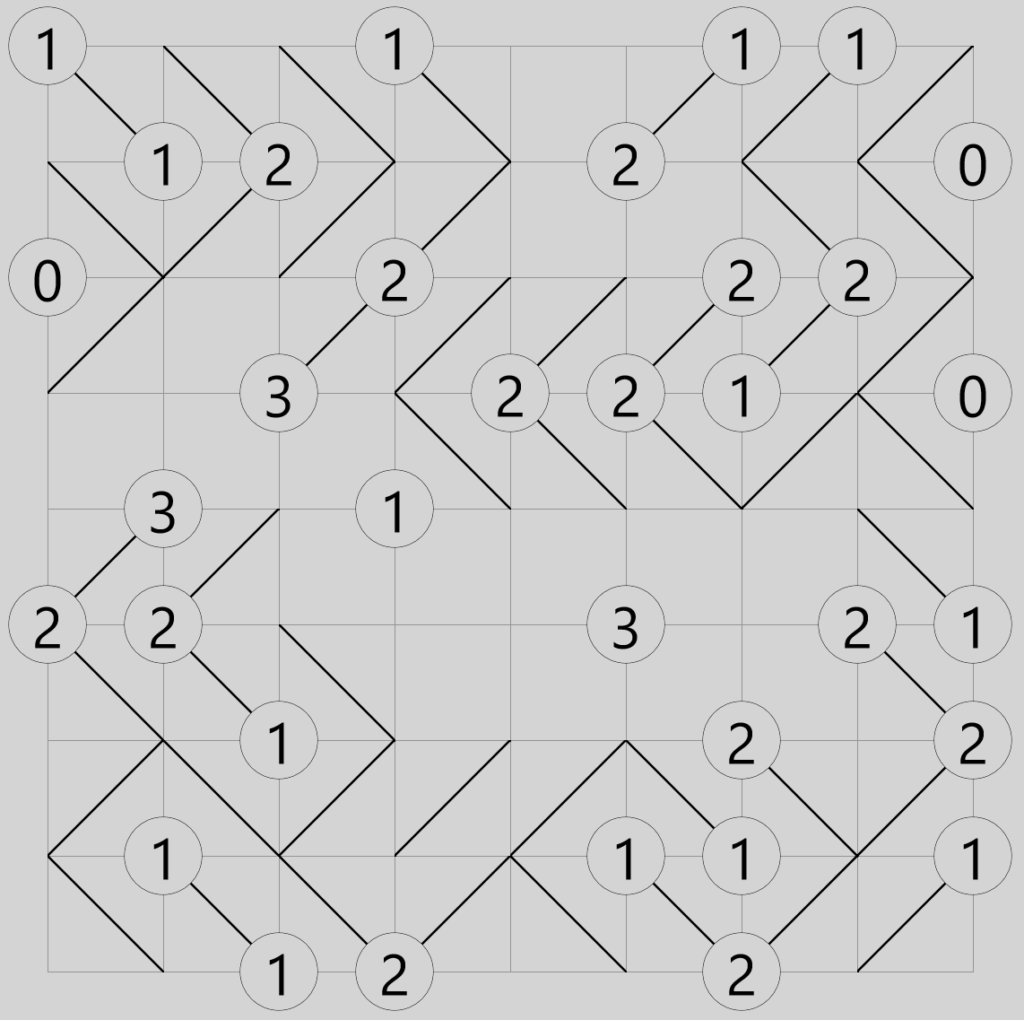
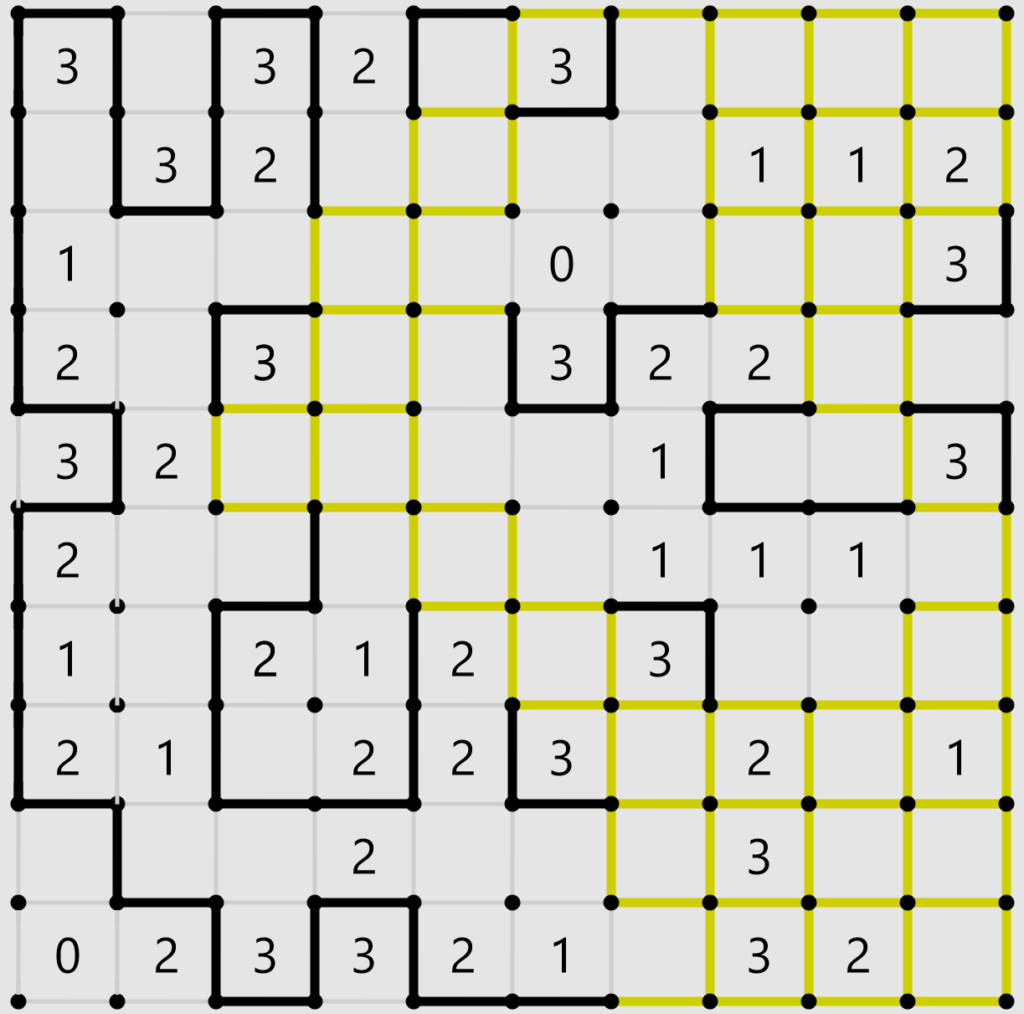
I got a treat for you people today, a genuine treasure of the internet, a collection of forty computer-generated puzzles of wide-ranging types, from Sudoku (called “Solo” because of trademarks) to Minesweeper. And they’re not only all open source and free, they’re free for many platforms. Not all the puzzles are yet available for all platforms, but it’s continually being worked on, with new puzzles added from time to time. It has been for nineteen years; when it got started it only had five puzzle types. It’s one of the best things out there, and I’m amazed it’s not better known generally.
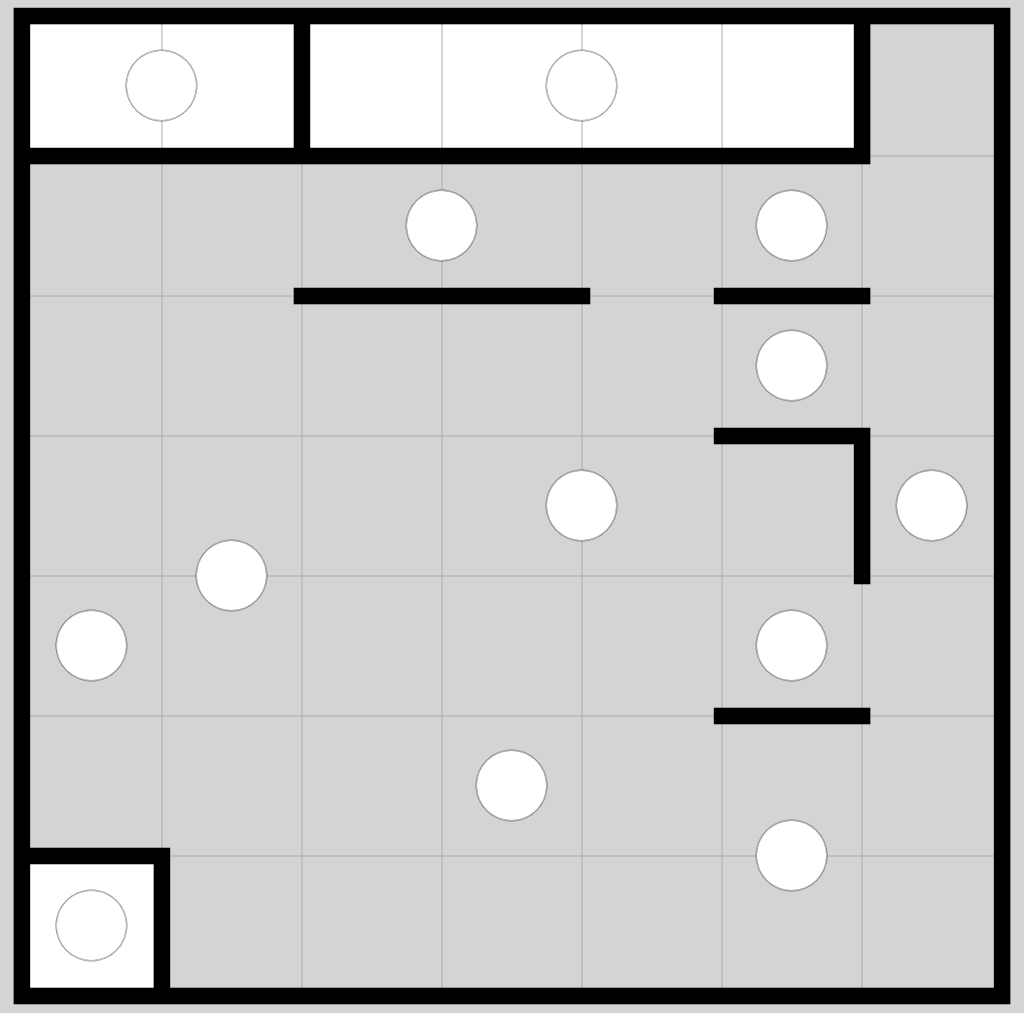
I can’t overstate what a wonder this collection is. All the puzzles are their own executable, if you don’t just play them on the web anyway. Each one of these puzzles offers many hours of happy puzzling. My own favorites are Loopy, Slant, Bridges, Dominosa, Galaxies, Net and Untangle. Most of the puzzles are of a type that should be familiar to fans of the Japanese puzzle magazine Nikoli, but they’re all randomly generated, and playable on multiple difficulty levels.
If the name Simon Tatham sounds familiar, he’s the guy who also created and maintains the popular networking tool PuTTY.
Here’s the links, all of these are free:
Simon Tatham’s Portable Puzzle Collection main site, which has implementations for Java, Javascript and Windows
Here’s some other HTML implementations
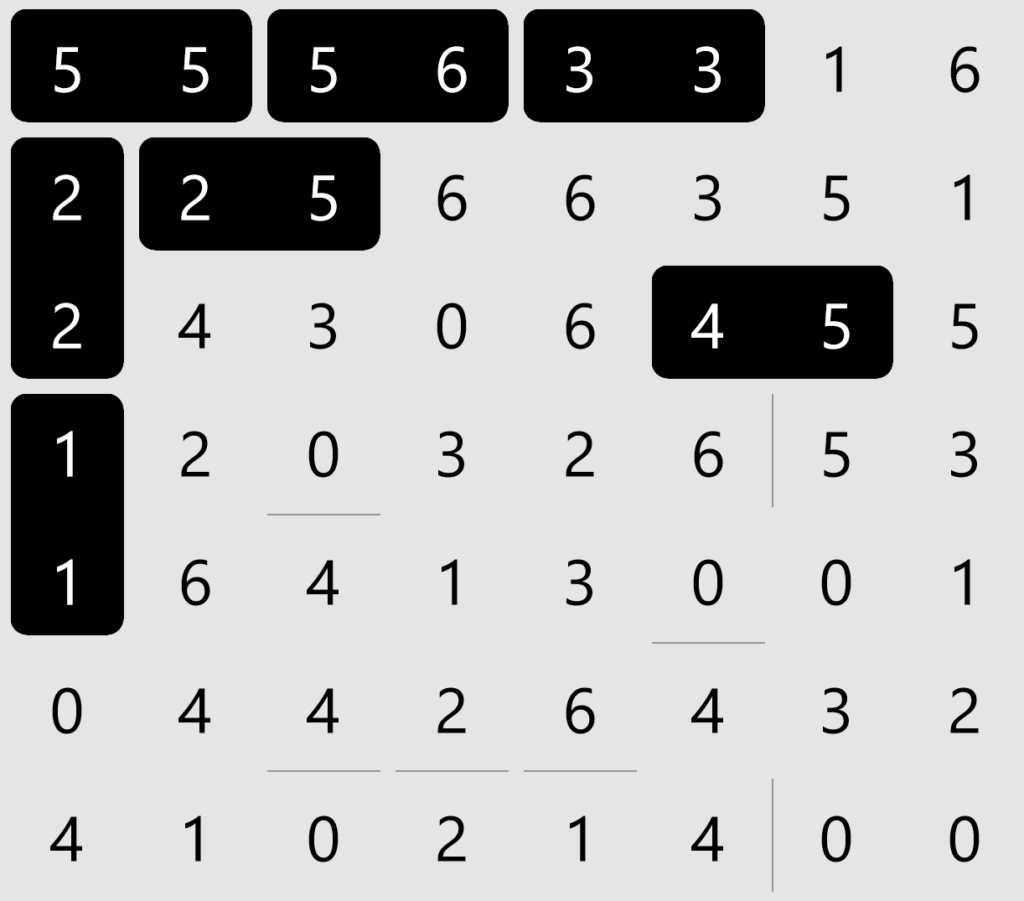
For iOS on the Apple App Store
In the Debian and Ubuntu package repositories (and it should be available in your own distribution’s repository, too)
And here it is for Windows again, but distributed through Chocolatey
Time Extension talks to the programmer of Crusader of Centy
Been looking through the RSS feeds and found another item from Time Extension, a fairly lengthy piece where they talked with lead programmer of overlooked Mega Drive/Genesis classic Crusader of Centy, Yikihiko Tani, a.k.a. Bugtarou.
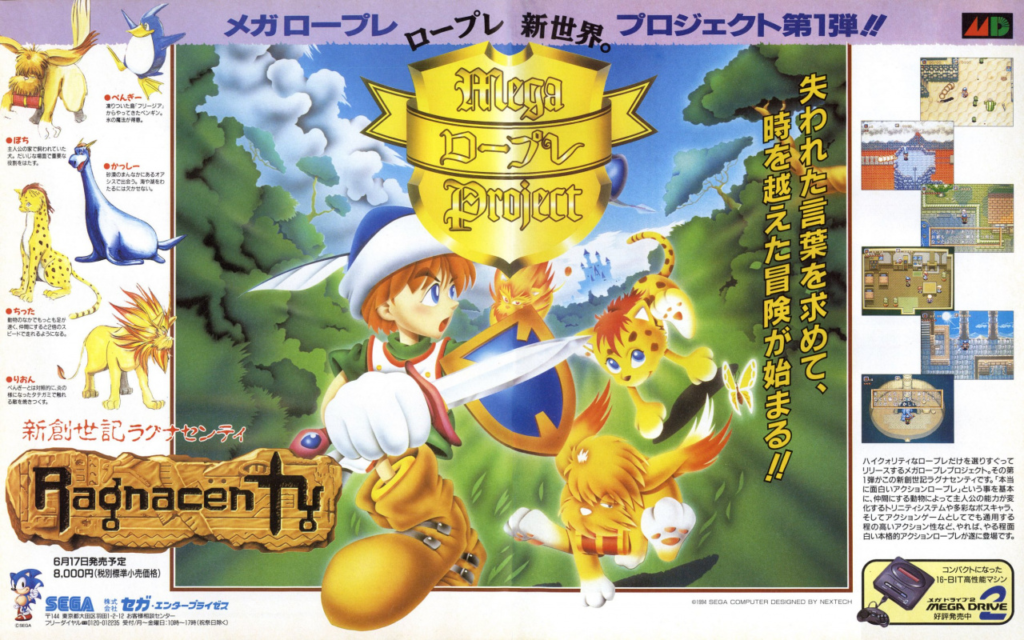

Crusader of Centy’s generic name caused me to pass on it back then, but it has a lot of interesting elements, including a surprisingly dark story, a system where you can collect up to 16 animal companions and use them two at a time, an animation style for its main character where it was composed of several individual pieces that were animated separately (while avoiding the problems that system had in Ernest Evans) and generally Zelda-like gameplay.
Of particular interest in the article is that the game was at one point pitched to be an entry in the Shining series, with the working title Shining Rogue. That turns out to also have been a WIP title for Landstalker.
Soleil/Crusader of Centy, Sega’s Answer To Zelda (timeextension.com)
Total Replay 5.0
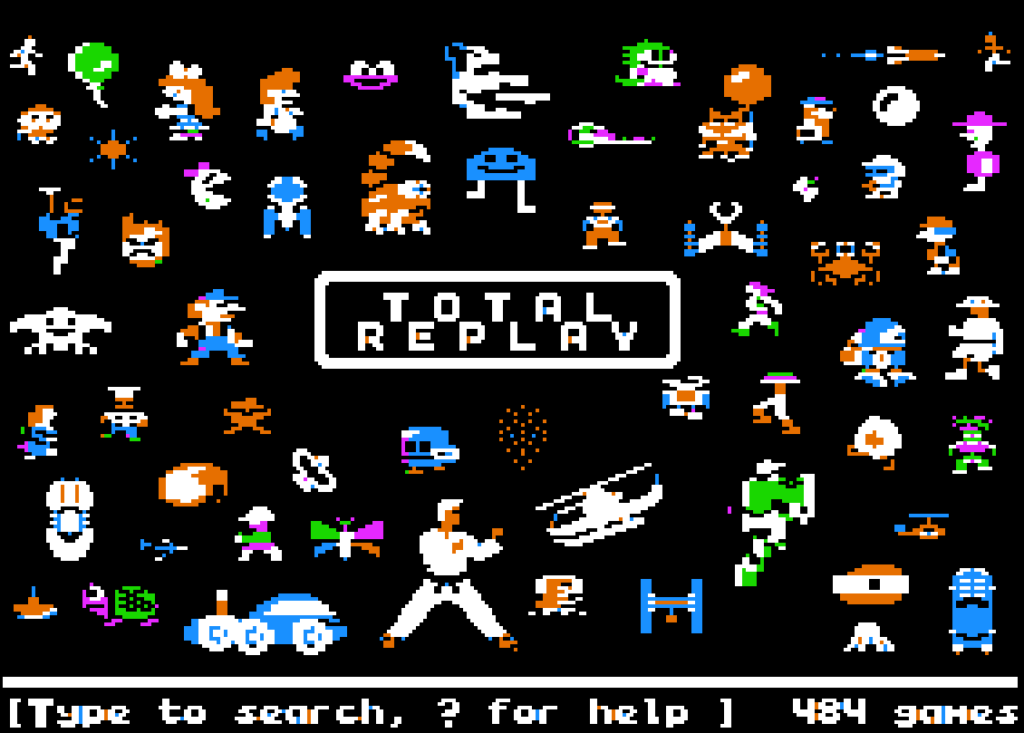
Apple II preservationist and awesome human 4am (Mastodon) has released the latest version of Total Replay, a collection of Apple II games that can be played both in emulators and on real systems (provided you have a way to read the hard drive image from your Apple). It can even be played directly over the web on its Internet Archive page.
An important note if you try to load its torrent from the page: that torrent contains a complete history of the project, weighing in at 22 gigabytes, even though Total Replay itself is just 32 megabytes big. If you choose to download that torrent for offline play and are just interested in playing, make sure to uncheck the history folder so you don’t end up downloading a huge amount of files you don’t need.
Total Replay 5.0 archive page (Apple II hard drive image, ProDOS mountable, 32MB), Mastodon post
A Store Page Review of Spellbook Demonslayers
This is a store page review of Spellbook Demonslayers for our show Indie Inquiries. If you would like us to review your store page in a future show, please reach out.
- 0:00 Intro and Capsule Review
- 4:24 Trailer Review
- 9:16 Screenshot Review
- 11:31 About this Game Review
- 16:05 Title Card Review
- 18:53 Final Grade

Owner of Game Wisdom with more than a decade of experience writing and talking about game design and the industry. I’m also the author of the “Game Design Deep Dive” series and “20 Essential Games to Study”
|tsr’s NES Archive

It’s been a long time… before Hardcore Gaming 101, before Kotaku or the Angry Video Game Nerd, before 1UP, Joystiq and a bunch of other sites still living and defunct, there was |tsr’s NES Archive. While it only lived for four years, hasn’t updated in 23 years, and all of the images are broken now (a huge shame for some of the features), it’s still online, still ready to give you their humorous take on old video games. Long may it continue beaming out its snarky message. Consider that the time between when the NES was released, 1985, and |tsr’s archive shut down, 2000, was only 15 years. And that time isn’t getting any longer, while the time since it shutdown is. I’ve said it a lot here lately, but: time is cruel.
A few notable features there:
- An interview with Ed Logg, identified as the developer of NES Tengen Tetris but also one of the great designers of Atari, programmer of Asteroids and Gauntlet.
- A collection of NSF music files, playable in a variety of ways including, as the page indicates, in WinAmp.
- A list of old gaming sites, useful mostly as a base for finding things on the Wayback Machine. It’s interesting to note where some sites redirect to. Domain guardianship of some old domains were handled by Classic Gaming (classicgaming.com), but because IGN didn’t care enough to keep it viable those sites just redirect to the IGN main page now. Poor form. Sites that you can still reach (sometimes through intermediary sites) through their links are eBay, the Howard & Nester comic archive and the Japanese site Classic Videogame Station Odyssey.
- And the meat of the site, their pages of reviews of NES games, pirate and bootleg games (sadly with dead images), NES books and ads (also with all broken images) and merchandise (images: nil).
The images, I note, are not broken so much as forbidden access. It’s possible that tsr’s web host, Atari HQ, still has them but has misconfigured the site. Atari HQ is still up, but now seems to only be an aggregator for other sites’ content. I wonder if an email to the right person might restore access to that entire swath of early web and videogaming history, or if they’re completely asleep at the switch?
Surviving the Early Game in Tears of the Kingdom
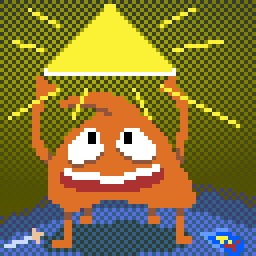
It’s rather harder to survive the early game, I found, in The Legend of Zelda: Tears of the Kingdom that it was in Breath of the Wild. There are many more enemies, they’re stronger, your weapons are weaker, and there’s a lot more kinds of enemies. I got killed over and over in the early going, while I could engage small groups of Bokoblins pretty easily in BotW. And if you encounter a cluster of Gloom Hands while you still have only four hearts, you’ll probably want to teleport away from there if you can’t immediately climb up out of reach. (What are Gloom Hands? You’ll know them when you see them.)
I wrote up a list of tips for the early game in a MeFi thread, and I realized hey, that’s the kind of content I should be putting here! So here they are. There’s minor early gameplay spoilers here, necessarily.
There is probably little here you couldn’t get from the gaming bigsites, Kotaku and its ilk. But my belief is, if you get this information from someone small, it feels a lot more like a friend is passing along some advice they gained. And after all, the people who have the strategy guides and help articles on those sites probably had the advantage of having completed the game during the press embargo period. I assure you, I had no early access.
- Shrines, each giving you a short puzzle to solve for an upgrade orb, are even more important here than in BotW, because the monsters are harder and you need those hearts. There’s a bunch of shrines around the new town in central Hyrule. Unlike the first game where people could dedicate their character all to stamina, I think you’ll find that hearts are more useful in the early game.
- If you have full hearts, you will nearly always survive any hit with at least a quarter-heart left, but you have to have full hearts. If you get bodied by an unexpected attack and left with a quarter-heart, immediately eat something that brings you back up to full to regain that protection (not too hard when you only have four hearts), then get away from it.
- BotW had an unexplained mechanic where you gained invisible “experience points” as you killed enemies, but they didn’t improve you, they improved the monsters. That’s why the easy, low-health red versions of monsters like Bokoblins and Moblins, and the slightly easier basic Lynels, became rare in BotW after awhile. As you defeated monsters, the world would upgrade foes to blue, black, and eventually silver versions (gold in the Master Mode DLC). I think it’s likely that TotK has a similar process, so by avoiding conflict while you’re weak, you also keep monsters manageable for a while longer.
- On the other hand, the Fuse power lets you get stronger weapons a bit earlier. And bomb flowers, as attached to arrows, seem a bit stronger than the bombs from the Bomb Rune in BotW. (Certainly, it’s easier to kill yourself with them.) It’s satisfying to send a bomb flower into the middle of an enemy camp. Bomb Flowers are one of the most useful things you get out of caves (and, eventually, from exploring the Depths).
- As I’ve noted, it’s possible to miss the Paraglider quest and make the early game much, much harder. Many shrines in particular expect you to have the Paraglider. To do the quest to get it, you have to head to Hyrule Castle at the beginning and talk to a certain NPC who’s at the end of the path after the gate.
- To improve your armor, you have to get the Great Fairies out of their flower buds, which takes more than a cash payment in this game. It seems to be a lot easier to miss important subquests in this game. The quest you need to start upgrading your armor requires that you go to the Lucky Clover offices in north-western Hyrule, near the Rito village, and talk to Penn. (Penn is terrific, BTW.) That’ll start you getting a music group back together (it makes sense in the story), which involves some building with Ultrahand at each step, but just doing the first step opens up the first Great Fairy and lets you upgrade your armor a bit, which can be a huge aid. Note though, in addition to the ingredients, the G.F.s also charge you a bit of money for each upgrade.
- Money is rather harder to come by. As in BotW, most of your cash comes from selling gemstones. And as in BotW, a lot of those rupees end up getting spent on meal ingredients and arrows. The problem with selling gems, though, is that you’ll eventually need them to upgrade some of your armor.
- Getting your battery improved takes ages it seems! You need 100 crystal charges for each extra bar, not each extra battery. At first, the only way to get those is in chests of 20 in the Depths and bought 10 at a time for Zonaite in that one store in the tutorial sky area. If you want to improve your battery faster, there’s a place to exchange it faster in the Depths beneath Kakariko.
- But I’d hold off on exploring the Depths until you’ve built your hearts and stamina up a bit. The rewards you get for exploring the Depths are (other than the Bomb Flowers you find) mostly different from those you get from exploring the overworld and sky. There don’t seem to be any shrines in the deep underground, so you won’t get hearts or stamina that way! Instead you mostly get Zonaite, which you won’t even have a use for at that stage, and some chest contents that have armor and 20x crystal charges. Also you’ll need a lot of brightbloom seeds to explore the Depths to any great degree, which you’ll find mostly in caves in the overworld. Be sure to hold onto that Zonaite though, you’ll be wanting a lot of it eventually….
- In the Depths, you’ll find these strange frozen-in-time dark figures, each carrying a weapon. When you examine one, the figure vanishes, leaving the weapon behind. What isn’t obvious at first is these are undecayed weapons. Don’t just use them as-is though, fuse something to them to make them even stronger and more durable.
- When you find the Abandoned Central Mine in the Depths, don’t leave it until you find the researchers had the (easy) boss fight. There’s something very important there.
- The most useful, relative to both power and frequency with which you find them, item I’ve found to glue to your stuff is Bokoblin horns, especially those from black Bokoblins. I’ve got a ton of those, and they provide a nice strength bonus. Remember you can sort your materials by how much power they’ll give you if you fuse them to weapons, it’s a good way to see what you can use effectively without being in danger of running out of them quickly.

